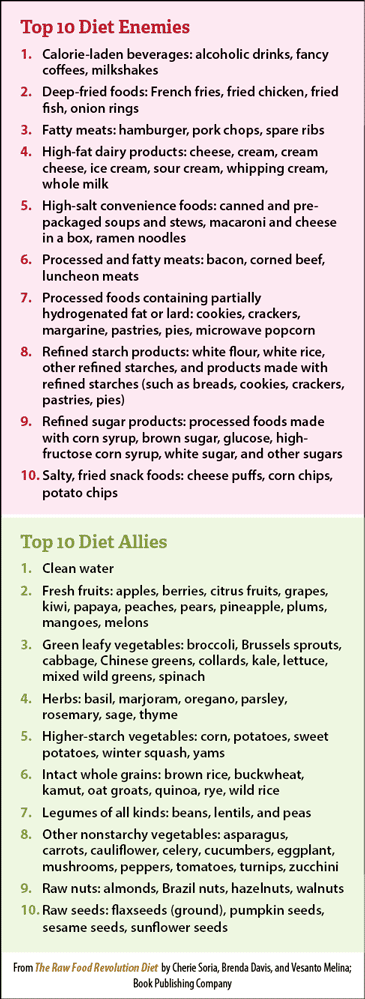I have been an advocate of Chia for quite sometime, it is a marvellous tiny little seed that can be used in so many different ways and of course its health benefits are an added bonus. I use it in many recipes often to replace flax seed, flax is highly recommended for its omega3 content & chia actually has many of the same properties; I find flax seed tends to have a strong flavour whereas chia takes on more the flavour of the dish, so for this reason alone, it is one of my "go to" ingredients. I often use it as a substitute for eggs in a recipe, its glutinous response to being soaked in almond milk or even fruit or veggie juice allows my imagination to run wild in the many ways it can be added to the diet. Many use it as an excellent breakfast dish or desert, by adding milk or juice, perhaps adding some cacao & nuts with berries & cashew cream on top. Yum.......I hadn't considered sprouting it until I read the article below, not sure why apart from the fact I imagined the mucilaginous seeds would immediately become gluggy. All seeds can be sprouted under the right conditions I'm sure, so I thought you too might like to try this method too. This could also be used for radish seeds or other tiny seeds to enhance their health benefits.
Chia Seeds actually got their name from the Mayan word for "strength". In ancient athletic competitions, indigenous people in South America would sustain themselves on 1 or 2 tablespoons of chia seeds mixed with a little water for over 24hrs. The seeds are storehouses of nutrients & contain even higher sources of essential fatty acids than flax seed or salmon.
With Thanks to the Hippocrates Clinic for this interesting article on how to
sprout Chia Seeds & enhance their nutritive value. Brian Hetrich, Greenhouse Manager
Chia
sprouts are loaded with antioxidants which have strong immune-boosting
properties which may help fight the common cold and flu. According to research
from the University of the Valley of Guatemala, chia seeds have a remarkable
antioxidant rating of over 1900. This is a higher antioxidant rating than
blackberries, mango, noni fruit, grapes, and pineapple without all the
fructose.
All
of the energy stored inside the seeds is ignited by the sprouting process. The
vitamin, mineral, enzyme, and phytonutrient content in the seed explodes when
sprouted. The baby sprouts have 4 to 6 times the nutrient value of the leaves
from the mature plant.
Here
is how to sprout chia:
Soak an
8” unglazed terra cotta saucer in water for 2 hours. Drain.
Lightly
sprinkle ½ teaspoon of chia seeds in the saucer. Evenly distribute the
seeds leaving some space between each seed.
Mist
with water.
Cover
with a dinner plate.
Mist
twice a day for seven days. The cover plate is not needed after day three.












